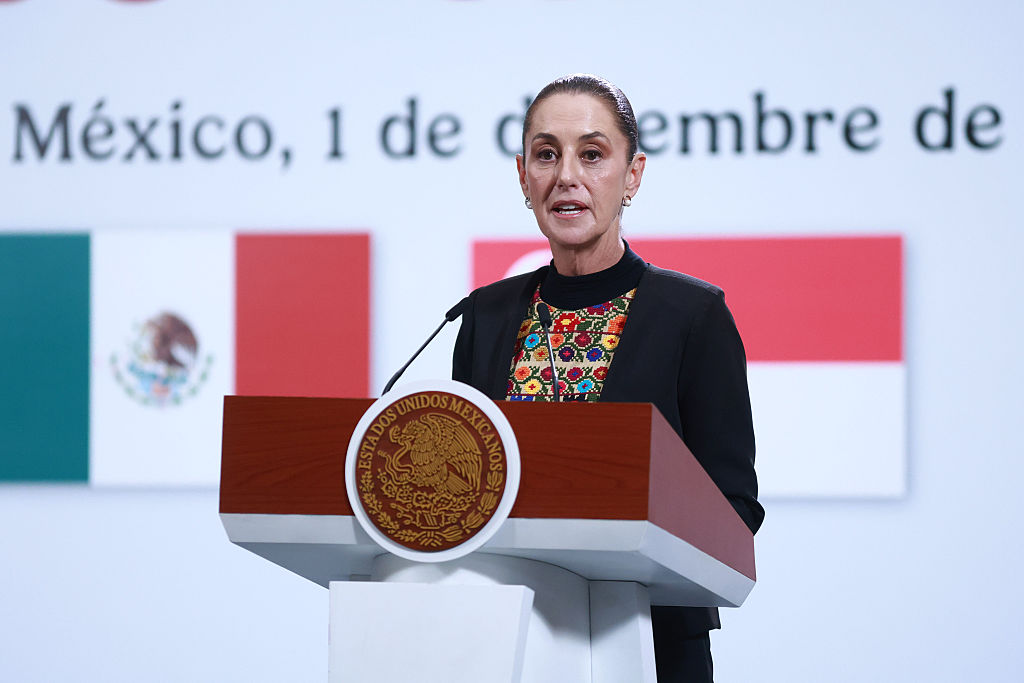Time's Up for Sino-Mexican Trade Barriers
Time's Up for Sino-Mexican Trade Barriers
A December deadline requiring Mexico to eliminate tariffs against Chinese products could bring more of the Asian giant’s goods to Mexican markets—and open doors for business cooperation. In a recent CNBC interview, AS/COA President Susan Segal discussed prospects for deepening Asian-Latin American relations.
Each year, the number of Chinese goods flooding into Mexico grows. A December deadline requiring Mexico to eliminate protectionist measures against Chinese products could pave the way for more of the Asian giant’s goods in Mexican markets—and open doors to deepen Chinese-Mexican business cooperation.
In 2001, as China sought the unanimous vote necessary to win accession into the World Trade Organization (WTO), Mexico served as Beijing’s final barrier. When Mexico and China achieved a bilateral deal in September of that year, China obtained WTO membership while Mexico gained a six-year grace period to maintain countervailing duties on hundreds of Chinese products. Mexico’s deadline to remove protectionist measures hindering Chinese goods from entering its markets expires December 12.
China has already shown its export might since its WTO accession, replacing Mexico as the United States’ second largest trading partner last year. According to official Beijing statistics Chinese exports to Mexico grew by more than 11 percent in 2005, rising to about $5.5 billion. Cecilio Garza-Limón, former Mexican ambassador to China, writes in Latin Business Chronicle that China’s growth rate of exports to Mexico hit roughly 37 percent over the past decade.
As Mexican President Felipe Calderon completes his first year in office, his administration may present arguments to the WTO to keep some of the expiring tariffs and quotas in place. However, as Garza-Limón noted, the time gained by extending these measures targeting Chinese exports should have allowed Mexico time for “restructuring the national industry.”
China’s growing economic strength represents opportunities for Mexico. Among them include a focus on farm products and heavy machinery for export to United States to take advantage of geographic proximity. Also, Mexico can work with China to develop trade partnerships, as it did in 2005 when the two countries boosted cooperation during Prime Minister Hu Jintao’s visit. In 2006, Mexican imports to China rose by 4 percent to $2.2 billion. Furthermore, Mexico continues to experience trade growth on a year-by-year basis and, in 2006, lead Latin America in terms of trade volume by a wide margin.
In a recent CNBC interview, AS/COA President Susan Segal discussed prospects for expanding Asian-Latin American relations, pointing to major opportunities for Asian investment in Latin American infrastructure. A report published by the North American Competitiveness Council looks at openings to increase prosperity through U.S., Canadian, and Mexican cooperation.







